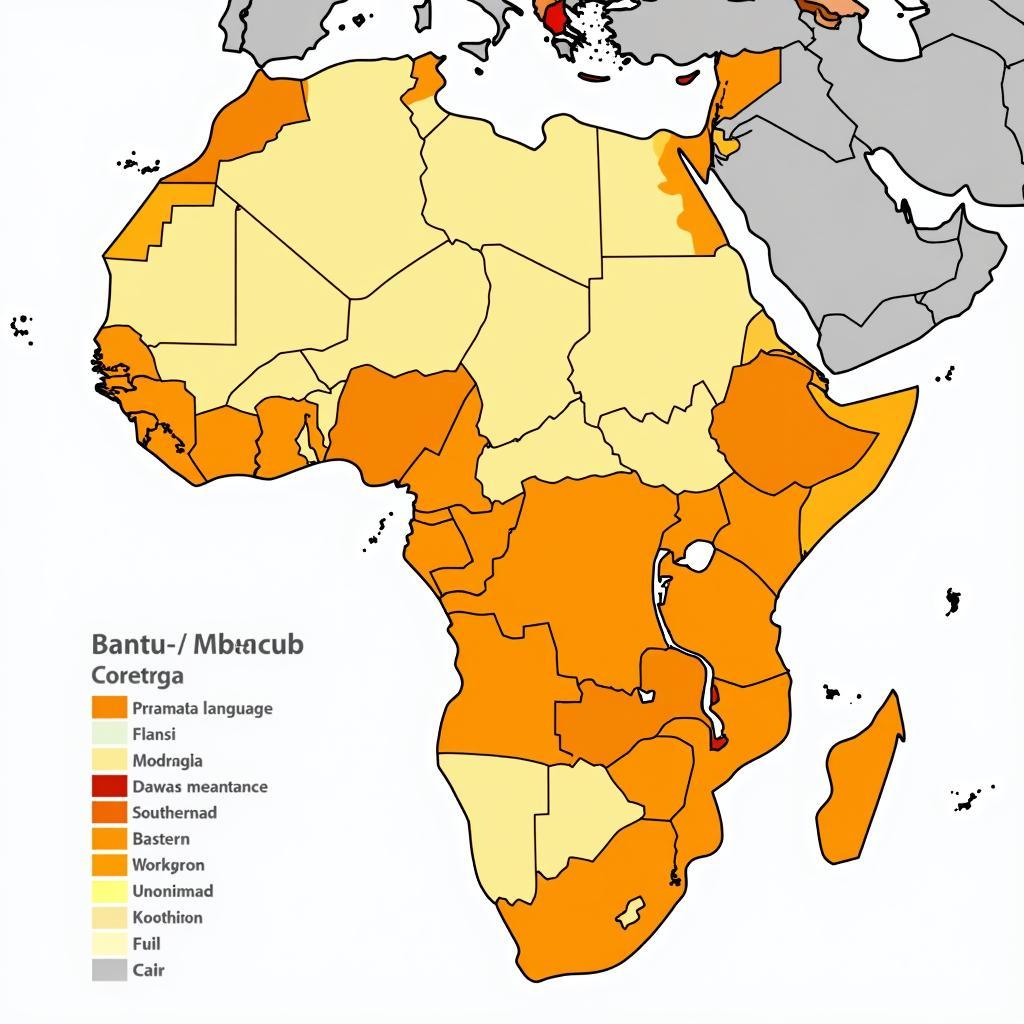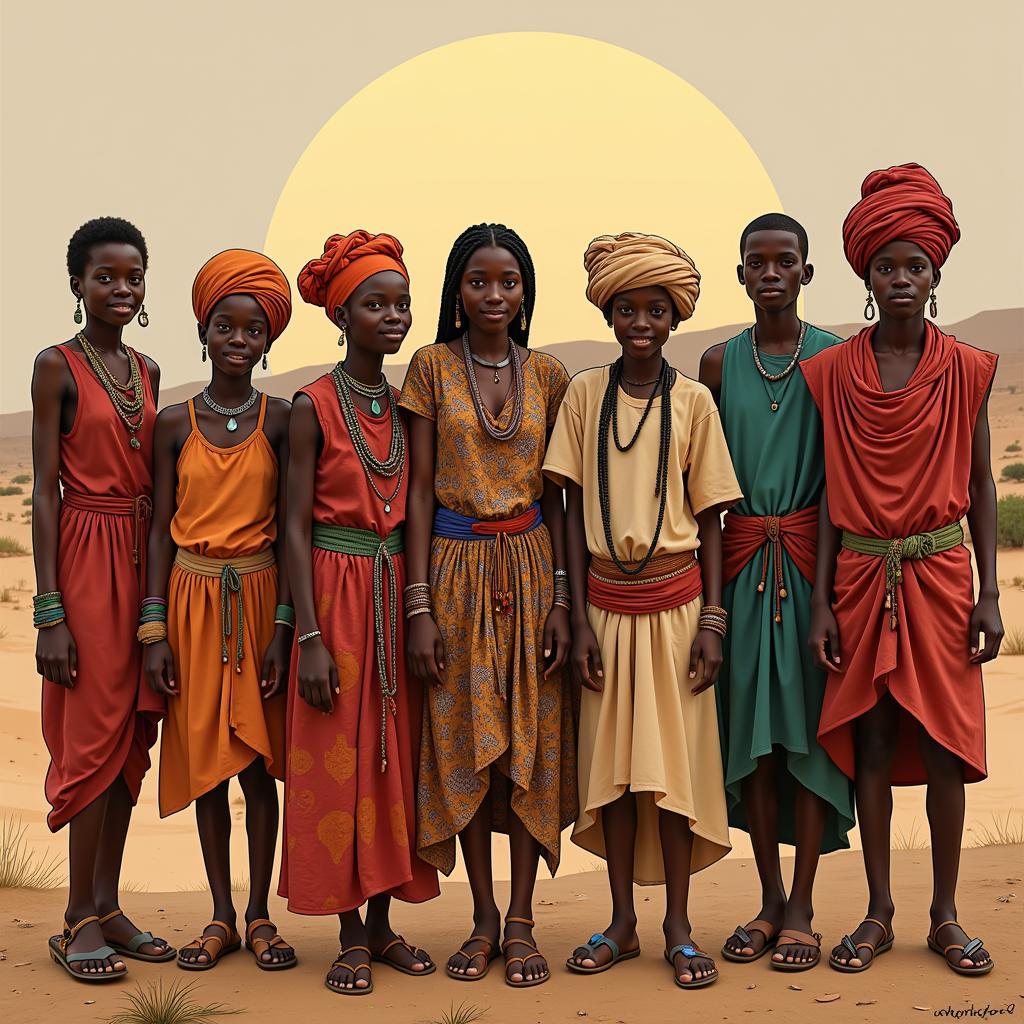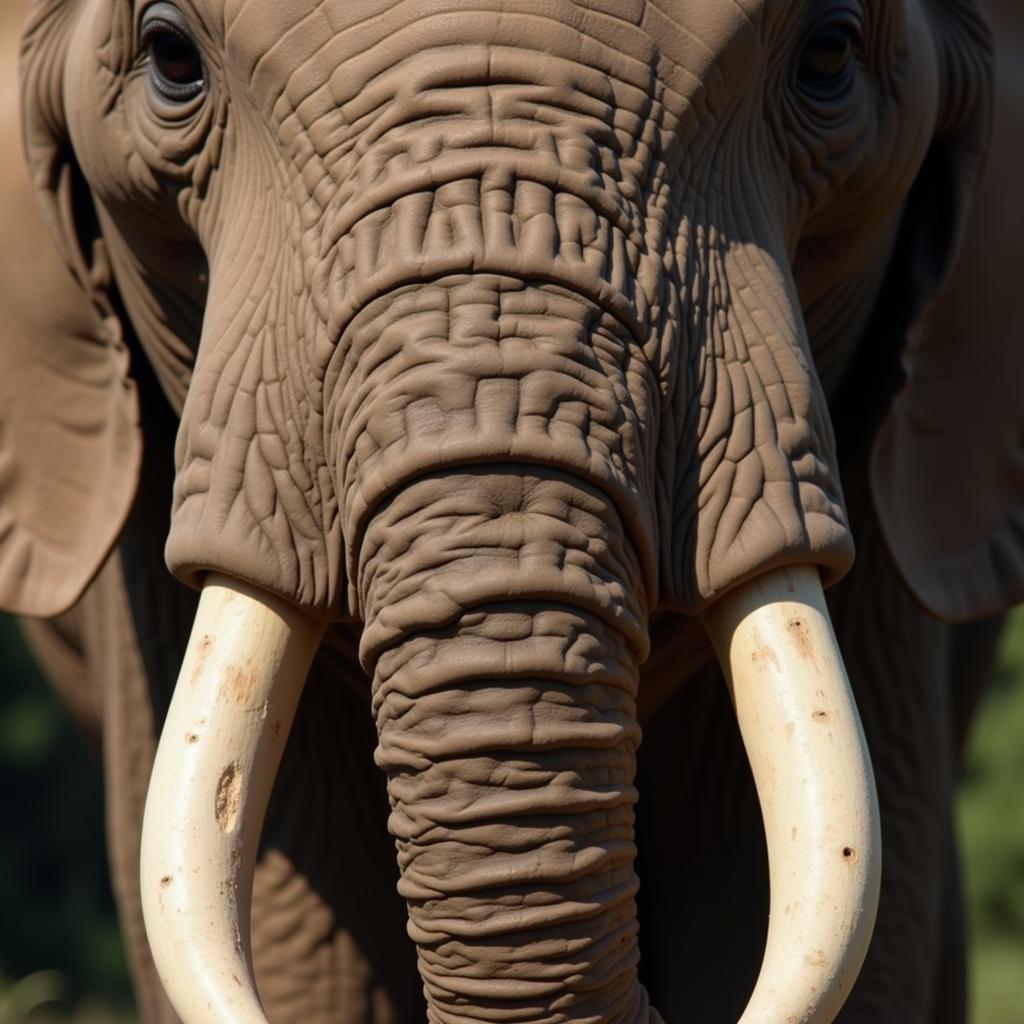Exploring the African Language Tree
The African Language Tree is a fascinating and complex subject, representing the incredible linguistic diversity found across the continent. This article delves into the intricate branches of this language tree, exploring its families, influences, and the ongoing efforts to preserve this rich heritage. We’ll uncover the connections between languages, understand their historical development, and appreciate the vital role they play in African culture and identity.
The vastness of Africa is mirrored in its languages, estimated to number over 2,000. These languages are not a monolithic entity but rather a rich tapestry woven from numerous language families, each with its unique characteristics and history. Understanding the relationships between these languages helps us appreciate the intricate movement and settlement of people across the continent over millennia. Imagine the African language tree as a giant baobab, its roots deep in the soil of history and its branches reaching out to touch the skies of the future. This article will guide you through its many branches, shedding light on its complexity and beauty. You can even learn more about cultural connections through exploring resources like those on African and Indian Culture.
Major Branches of the African Language Tree
The African language tree is traditionally divided into four main families: Afro-Asiatic, Nilo-Saharan, Niger-Congo, and Khoisan. Each family is further subdivided into numerous branches, reflecting the intricate relationships between the languages. The Afro-Asiatic family, for example, includes languages spoken across North Africa and parts of the Middle East, demonstrating ancient connections between these regions. The Niger-Congo family is the largest, encompassing languages such as Swahili, Zulu, and Yoruba, spoken across a vast swathe of sub-Saharan Africa.
The Niger-Congo Family: A Linguistic Giant
The Niger-Congo family is a testament to the interconnectedness of African cultures. It’s the largest language family in Africa in terms of number of speakers and geographical distribution. Bantu languages, a major branch within this family, are spoken across much of Southern, Central, and Eastern Africa. This wide spread illustrates the historical migrations and interactions of Bantu-speaking peoples. Languages like Zulu, Xhosa, and Shona are all part of this expansive branch.
 Map showing the distribution of Niger-Congo languages across Africa
Map showing the distribution of Niger-Congo languages across Africa
The Afro-Asiatic Family: Ancient Roots
The Afro-Asiatic family holds a unique position in the African language tree, with its roots extending back to ancient times. This family includes languages spoken in North Africa, the Horn of Africa, and parts of the Middle East. Arabic, Berber, and Cushitic languages are all part of this ancient family. The presence of Afro-Asiatic languages in these diverse regions provides invaluable insights into the historical interactions and migrations of people throughout these areas.
The Nilo-Saharan Family: Diversity in the Nile Valley
The Nilo-Saharan family encompasses languages spoken across a wide area, primarily in the Nile Valley and surrounding regions. This family is known for its considerable diversity, with languages exhibiting a range of grammatical structures and sound systems. Despite the geographical proximity of many of these languages, the Nilo-Saharan family presents a complex picture of linguistic evolution.
 Diverse speakers of Nilo-Saharan languages
Diverse speakers of Nilo-Saharan languages
The Khoisan Family: Clicks and Complexity
The Khoisan family is perhaps the most distinctive branch of the African language tree, known for its unique use of click consonants. These sounds, produced by creating suction within the mouth, are a defining feature of Khoisan languages. While geographically limited, the Khoisan languages provide valuable insights into the early linguistic history of the continent. For some, these unique clicks can even be compared to the intriguing sounds made by the African Buffoon Monkey.
Preserving Linguistic Heritage
The diversity of the African language tree is a treasure trove of cultural and historical information. However, many African languages are facing challenges, with some at risk of extinction. Efforts are underway to document, preserve, and promote these languages, recognizing their importance to African identity and global linguistic diversity. Initiatives such as language revitalization programs and the creation of online resources are helping to ensure that these languages continue to flourish for generations to come.
Dr. Abena Osei, a renowned linguist specializing in African languages, emphasizes the importance of these preservation efforts, stating, “Each language represents a unique way of seeing the world. Losing a language is like losing a library of knowledge and cultural understanding.”
Conclusion: The Ever-Growing African Language Tree
The African language tree is not static but rather a living entity, constantly evolving and adapting. Understanding its complexity and appreciating its diversity is crucial not only for linguists but for anyone interested in African culture and history. By exploring the branches of this tree, we gain a deeper appreciation for the rich tapestry of human communication and the interconnectedness of our world. Remember to delve further into the captivating cultures of Africa. For a unique experience, consider an African food tour to truly immerse yourself in the continent’s rich traditions. The African language tree reminds us that language is more than just words; it is a reflection of our shared history, our diverse cultures, and our enduring human spirit.
FAQ
-
How many language families are there in Africa?
Traditionally, four main language families are recognized in Africa: Afro-Asiatic, Nilo-Saharan, Niger-Congo, and Khoisan. -
Which is the largest language family in Africa?
The Niger-Congo family is the largest in Africa, both in terms of number of speakers and geographical distribution. -
What are click consonants?
Click consonants are unique sounds produced by creating suction within the mouth, characteristic of the Khoisan languages. -
Why are African languages endangered?
Various factors contribute to language endangerment, including social, economic, and political pressures, as well as the dominance of global languages. -
What efforts are being made to preserve African languages?
Initiatives such as language revitalization programs, documentation projects, and the creation of digital resources are helping to preserve African languages. -
What makes the African Buffoon Monkey so interesting? This seemingly unrelated topic can lead readers to discover another aspect of African wildlife and biodiversity, further enriching their understanding of the continent.
-
Where can I find more information about African cultures? You can find valuable resources about cultural connections between Africa and India by exploring this link on African and Indian Culture.
Other Questions to Consider:
- How do African languages reflect the history and migration patterns of African people?
- What are some of the challenges facing language preservation efforts in Africa?
- How can technology be used to promote and revitalize African languages?
If you’re interested in Johannesburg tours, check out African Eagle Johannesburg Day Tours. Perhaps you’d even enjoy seeing an African Kid Dancing GIF for a taste of the vibrant culture.
Need Help? Contact Us!
For any assistance, please contact us:
Phone: +255768904061
Email: kaka.mag@gmail.com
Address: Mbarali DC Mawindi, Kangaga, Tanzania
Our customer service team is available 24/7.
